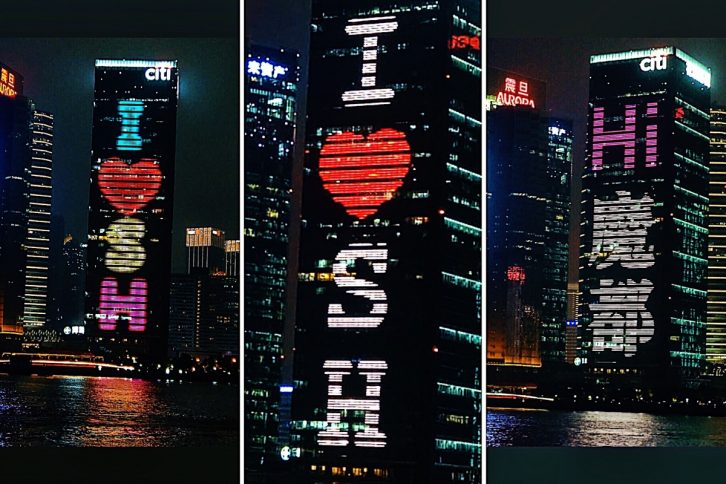
It’s been a few years now that a great sign in the departures hall at the Milan airport reads:
SEE YOU NEXT YEAR IN DESIGN SHANGHAI
Last year, after a truly great visit in Milan, I felt a sense of fatigue. It was that sign, that I’ve noticed several times, caught my eye and captivated my hears.
That is how I had found myself, after much preparation, having downloaded VPN so I wouldn’t get lost without my Google Maps and We Chat so I could talk to the locals, a light rehab from Facebook – and that was that I was on my way to design week in Shanghai. I did it just because I didn’t want to fly to Milan again, I headed to Shanghai without making any comparisons, no expectations, and in fact, no idea what I was going to.
It was unexpected and exciting. Shanghai is an exciting city.
Welcome to Shanghai – the biggest city in the world, with a population of more than 23 million (as of now, go figure…) It combines west and east in an empowering, exotic and international way. Shanghai is a progressive and modern city, preserving its ancient traditions and a fascinating history.
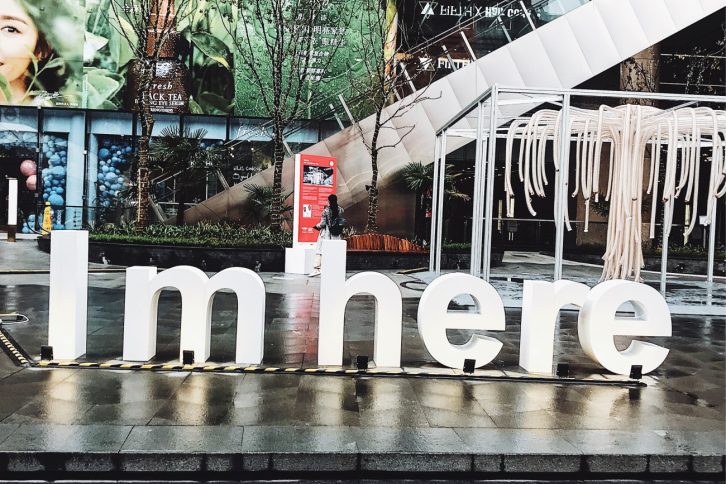
The XIANTIANDI quarter is one of the most fashionable neighborhoods in town. It is the hearts of the city’s nightlife, and where more of the design festival events took place.
We chose to stay in this quarter during our visit, and the glamor of this place framed our perfectly designed stay in this gorgeous city.
At the heart of this quarter lies the flagship store of the SHANG XIA by Hermes. In this three-story building furniture, home décor and fashion artifacts are presented with such refinement and delicately, all handmade according to ancient Chinese traditions (I wrote more about the Paris store here).
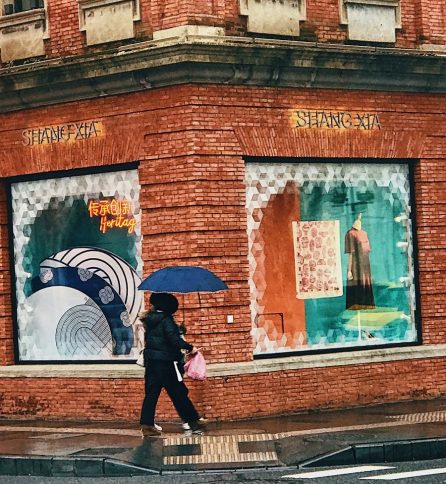
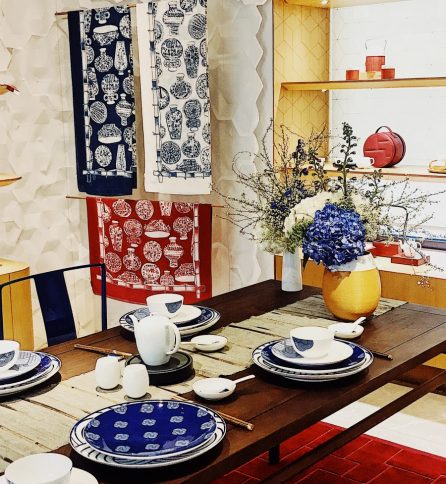
Not too far away is a large store by the Danish home styling store BoCONCEPT, one of 265 stores found in 60 different countries.
Among the concept and lifestyle stores and the bustling cafés, the design festival is celebrated through art displays and popup shops.
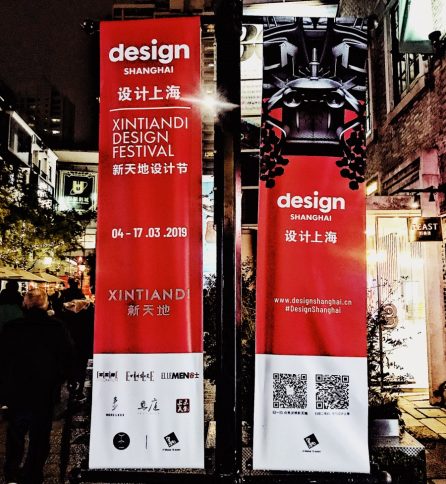
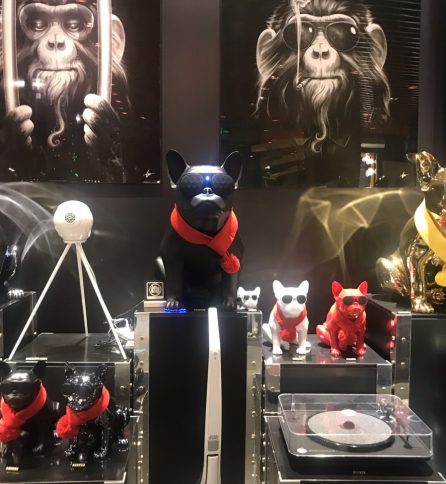
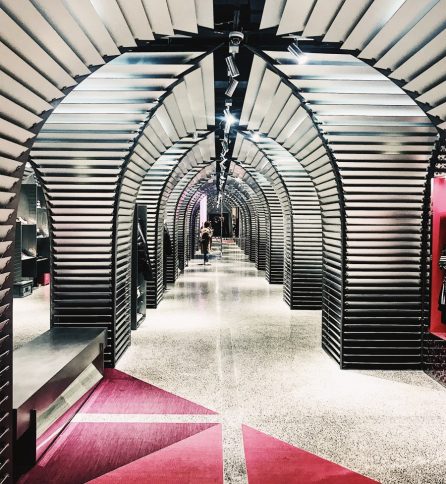
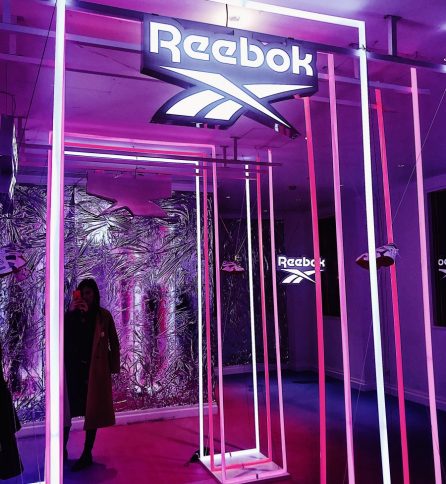
One of the design icons in the city is the flagship stop of Design Republic, comprised of a gallery, a ballroom, a café and a restaurant. The place was designed by China’s and the world’s leading architecture firm, Neri & Hi. The renowned architecture firm, whose headquarters are in Shanghai, has buildings worldwide and has a rich repertoire in planning buildings, hotels and restaurants, reconstructing a historical theater, interior design, furniture design, branding and graphic design.
The Chinese love luxury brands, and Shanghai has the highest number of Rolex, Tiffany’s, Louis Vuitton and luxury car showrooms in the whole world – incomparable even to Manhattan or other rich places in the west. Furthermore, there are also a fair amount of more affordable brands, such as the NITORI chain, the Asian Ikea, a Japanese chain for home décor.
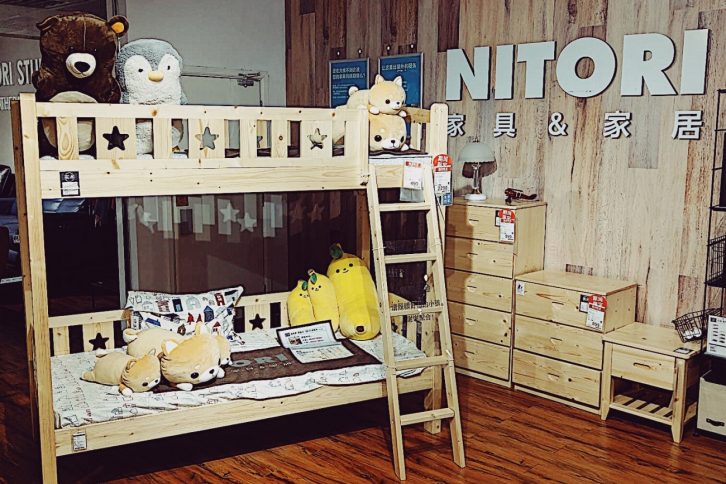
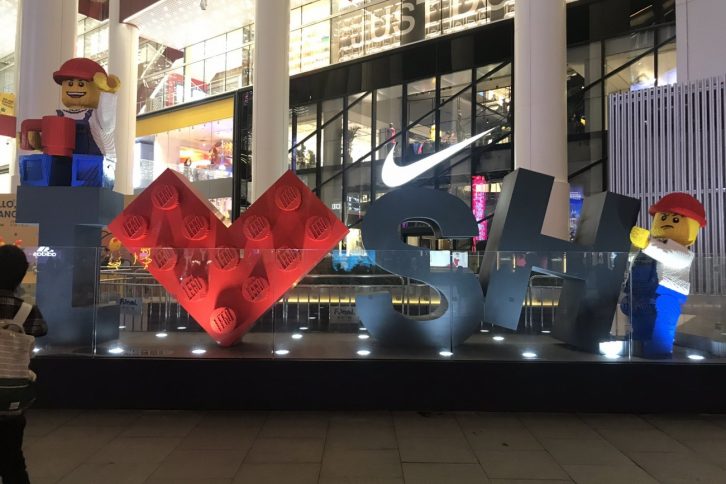
Art in Shanghai – the M50 District and Modern Art Museum
On 50 Mo Gan Shan street, which used to be a deserted industrial area, lies the M50 compound – Shanghai’s soho. Dozens of galleries, design shops and street art scattered among restaurants and cafés, all forming together a tapestry of a vibrant and lively hangout area.
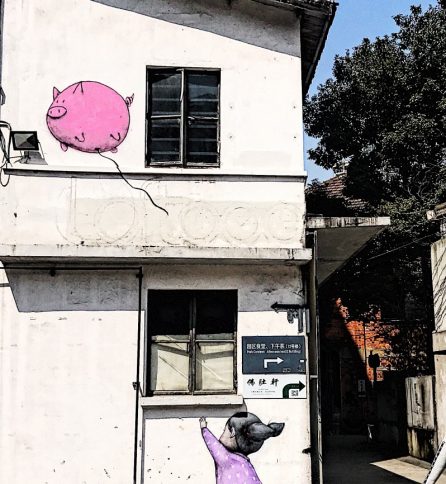
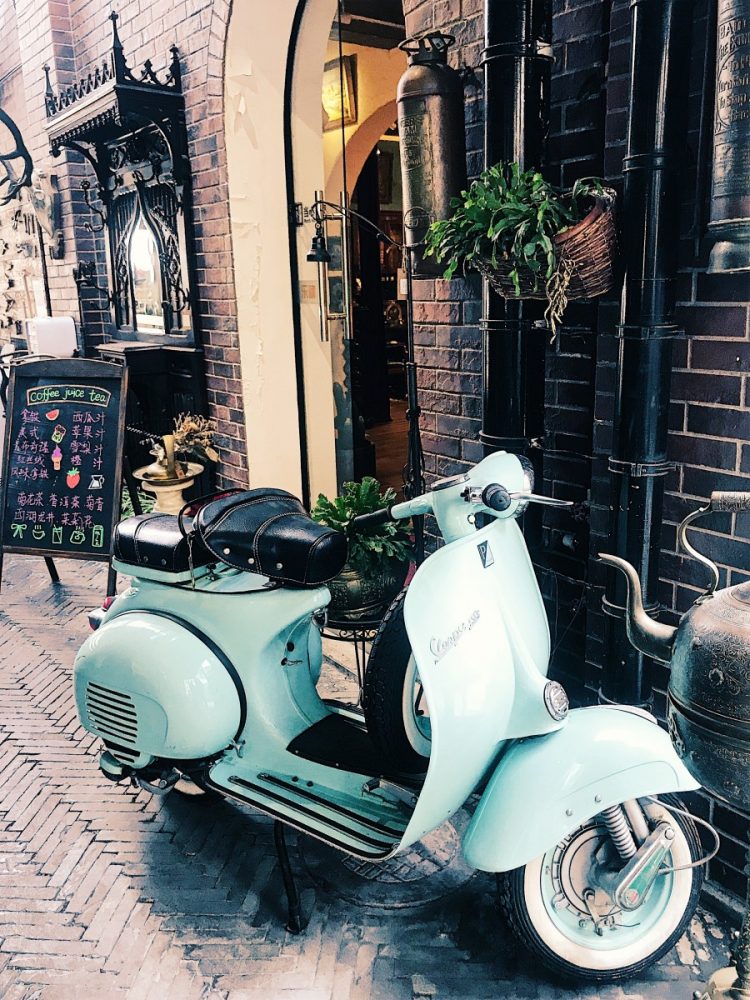
Street art and atmosphere at the M50 district
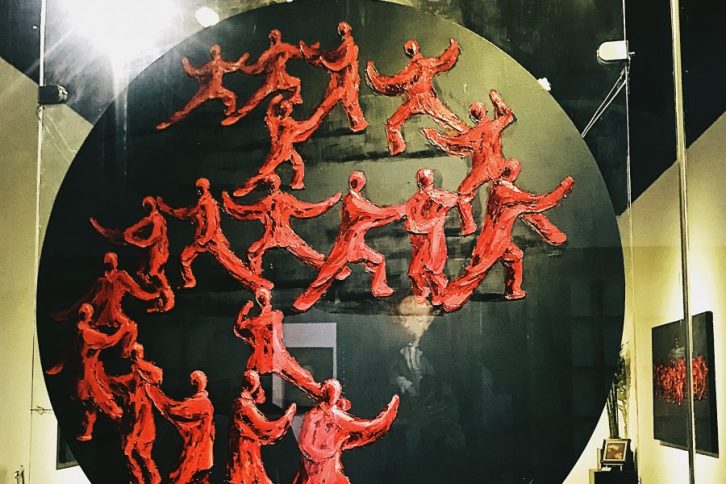
SHANGHAI ART DECO GALERIE is a collectables gallery specializing in art and furniture from the 1920’s to the 1940’s. This had been a period that left it’s mark on Shanghai, leaving behind many Art Deco buildings, and valuable collectable artifacts and furniture.
MORE – LESS located next to it, is a refined furniture store with a modern style and clean and delicate lines. All items were designed by a craftsman using local traditions.
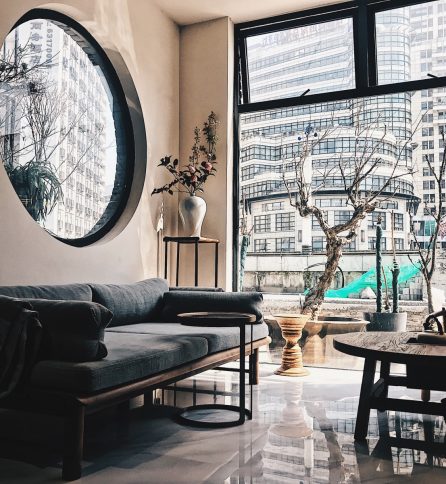
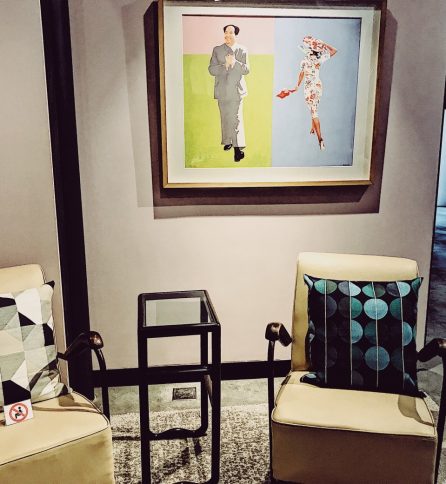
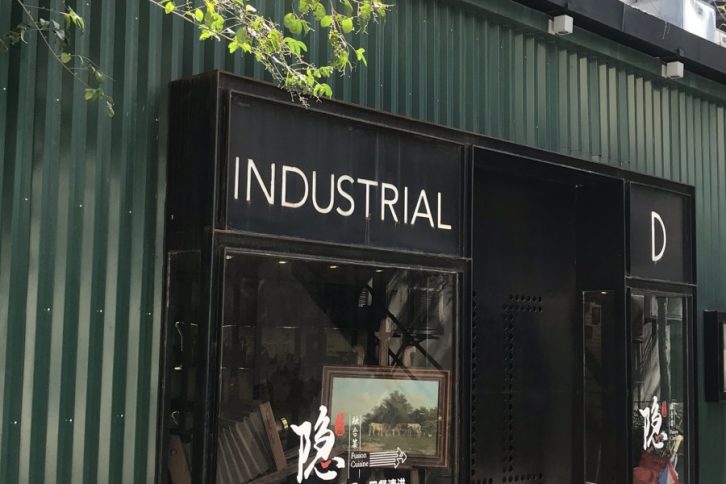
The CHINA ART MUSEUM lies in an impressive building resembling a modern pagoda in bright red, China’s national color. The place was built for the expo that took place there in 2010. There are Chinse art pieces in the museum, portraying different historical periods and emphasizing modern Chinese art.
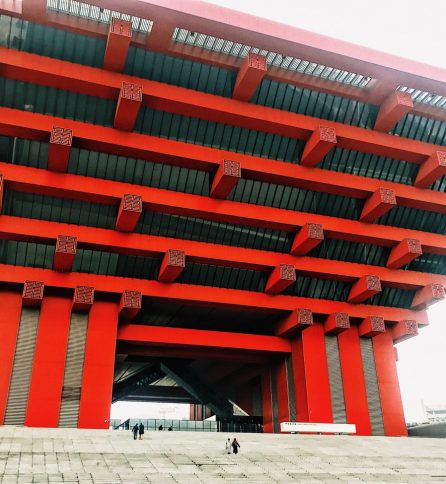
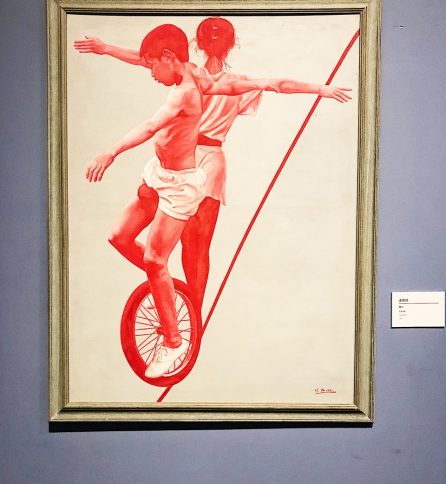
The MOCA – MUSEUM OF CONTEMPORARY ART is the museum for contemporary Chinse art. The beautiful museum is at the heart of the People’s Park, close to the national theater.
During my visit the Post Contemporary-Urban Graphic 7019 exhibition took place. It displayed the works of 8 leading street and graffiti artists from all over the world.
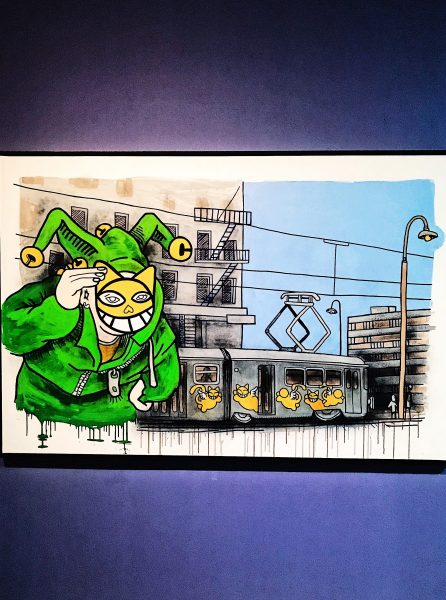
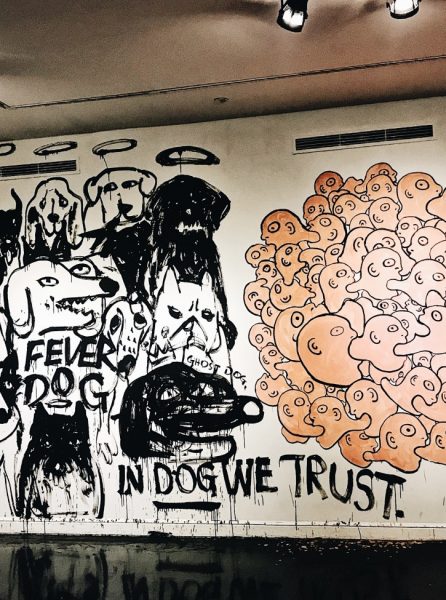
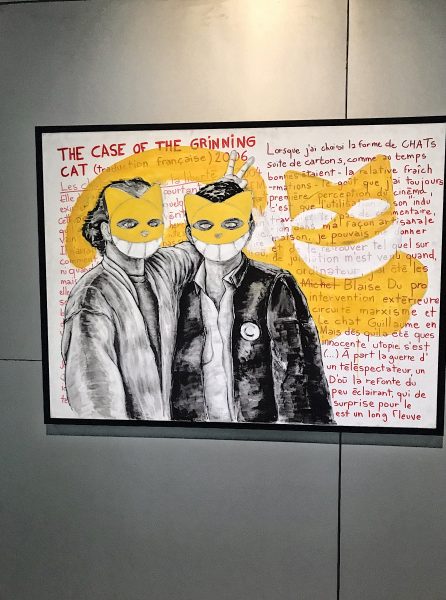
Architecture, Skyscrapers, and Hotels and More
The development boom and the ample funds invested in the city, have prompted the best international architectures to plan extraordinary buildings as well as innovative and exceptionally designed hotels.
Strolling down the BUND, on the west bank of the Huangpu river, and down the Nanjing road, offers a true architectural experience. There are breathtaking buildings on both side of the river; on the one side are designed hotels, and on before them lie extremely modern steel and glass towers at the Pudong district. One of the famous buildings there is the Shanghai Tower, a 121-story skyscraper, opened in 2015, and since is the tallest building in China, and the second tallest in the world after the Burj Khalifa in Dubai.
We started the tour of the BUND at its southern end. At an industrial area behind a poor and authentic building front of a storage building, like the others, hides the WATER HOUSE AT THE SOUTH BUND – a chic boutique hotel, undermining the impression left by its front and the area in which is was built.
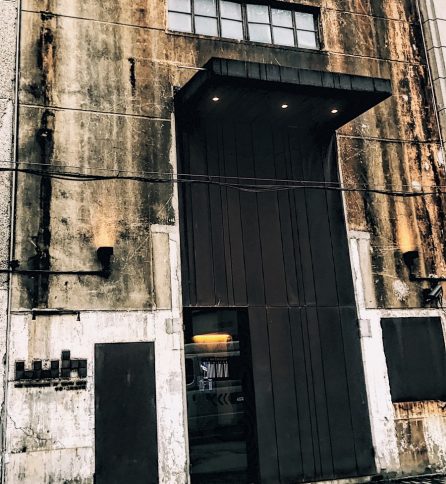
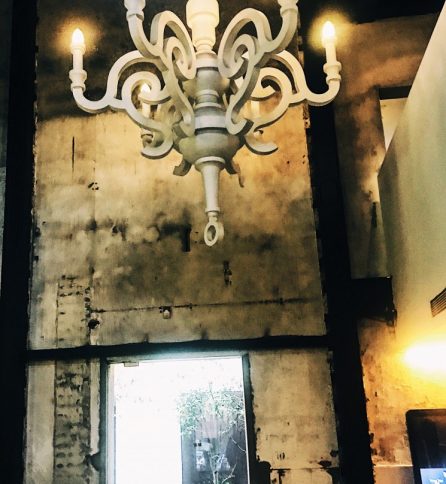
Down the western bank of the river are many buildings designed in different architectural styles, relics of the international colony founded in this area of Shanghai. On our way, we visited the INDIGO hotel, placed on the south of the BUND. Close to the riverbank is the iconic FAIRMONT PEACE HOTEL, designed with an Art Deco style, and found at the corner of the BUND and the Nanjing pedestrian mall.
Further down the street is the SHANGHAI EDITION, a new hotel of the EDITION luxury hotel chain (read more about the hotel location in London). Not to far away is the MIDLE HOURSE, one of the Chinese SWIRE HOTELS (I will soon write more about my exceptional visit at THE OPPOSITE HOUSE in Beijing. The third hotel the UPPER HOUSE is in Hong Kong).
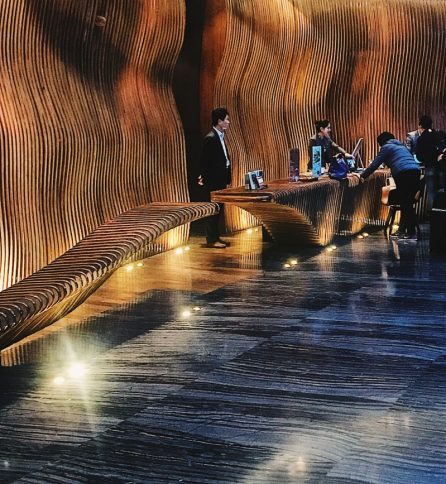
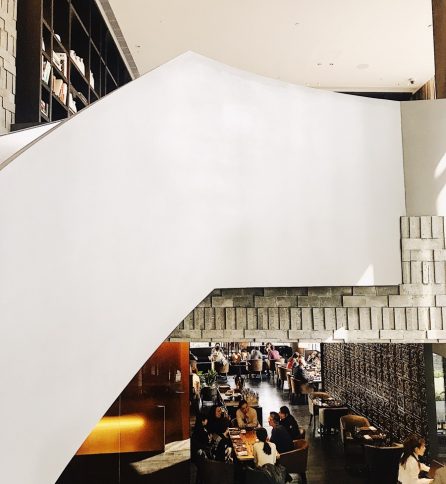
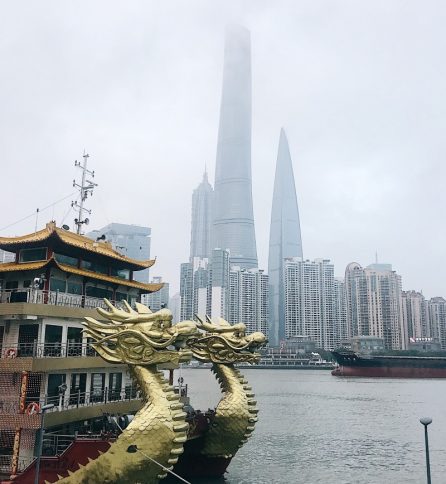
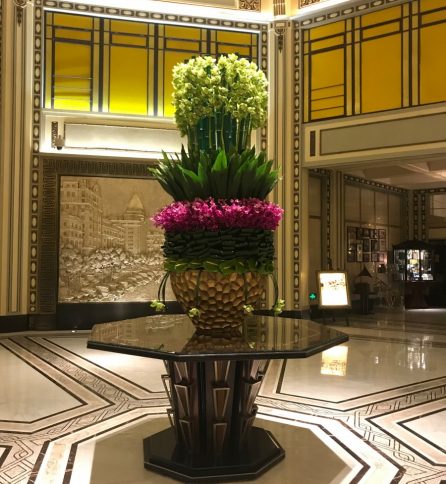
The URBAN hotel is at a simple district in the heart of the city, founded on the top of a factory storage house ruins, as a project promoting sustainability, local resources and recycled materials.
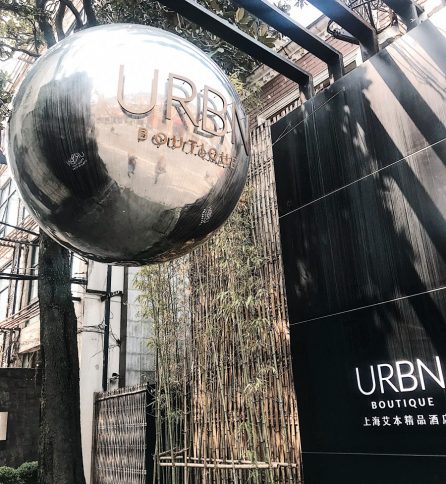
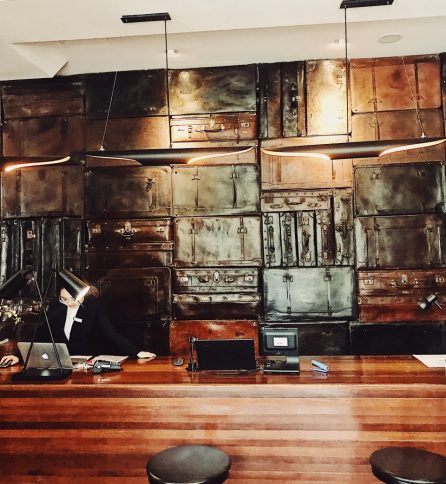
The PULI HOTEL located at the heart of the busy streets of the big city, is an island of silence and designed as an homage for ancient Chinese culture, combining contemporary urban elegancy.
You don’t have to stay at these hotels to enjoy their design. All the hotels have bars and restaurants open to the public. It’s highly recommended that you stop for a light meal on your busy day, or at the end of the day, and enjoy great food in a perfectly designed space that tells it’s unique story.
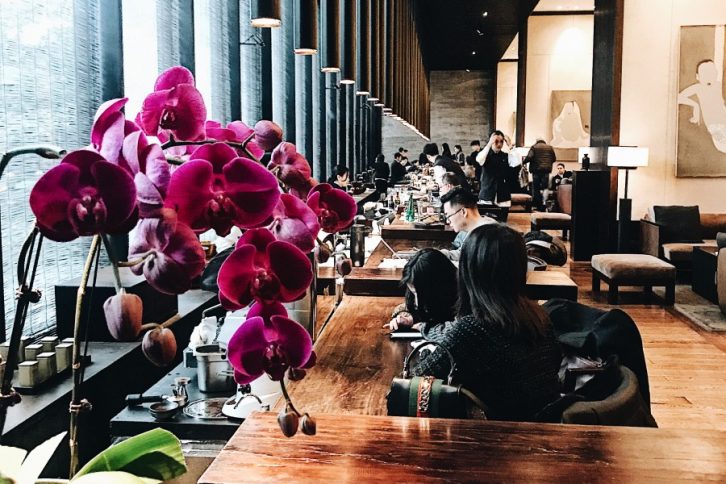
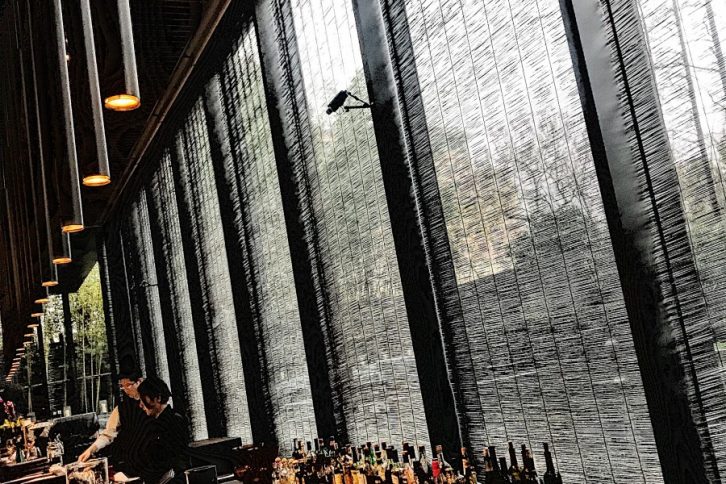
At the center of the design scene in the city, at the XINTIANDI district, next to vibrant pedestrian malls filled with design stores and trendy restaurants, is the ANDAZ hotel, of the HYATT chain.
The hotel we had the pleasure of staying at is a boutique hotel, is packed with art pieces, displays, and contemporary video art. The elevator too was designed with mesmerizing emerald led floors and captivated me each time anew.
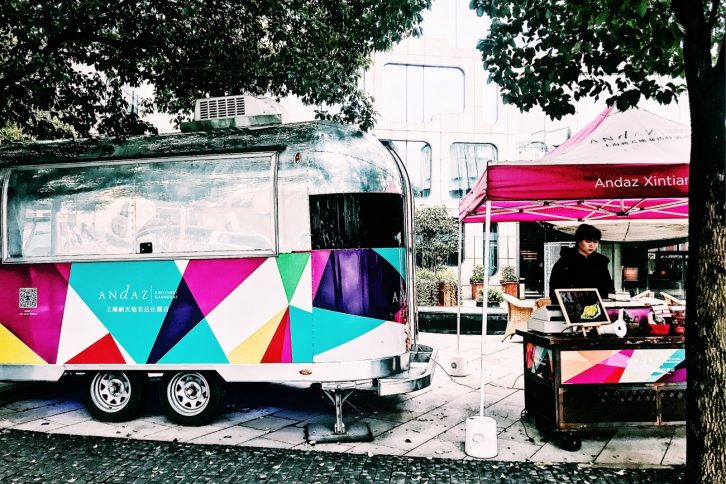
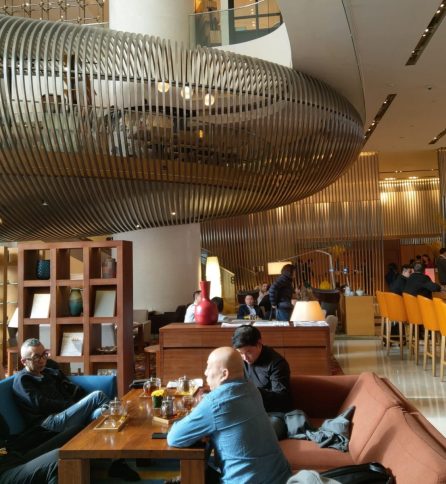
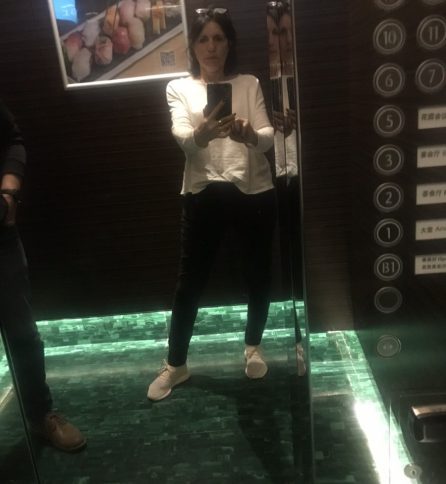
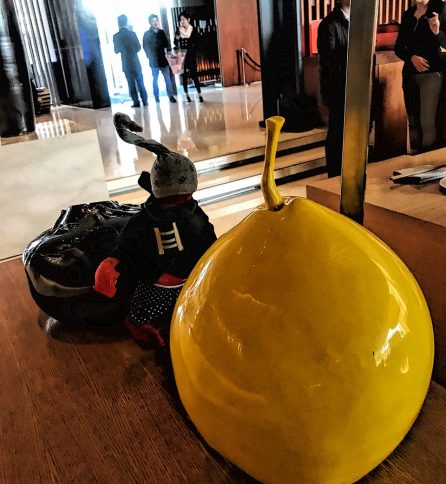
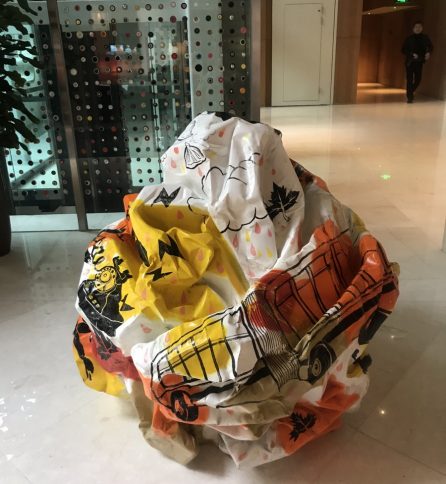
Leading Culinary Establishments and their Perfectly Designed Locations in China
A strong scent of coffee overwhelms the streets leading to the second largest Starbucks in the world (it forfeited first place for the recently opened location in Tokyo).
Under a breathtaking copper ceiling, in a two-story building, are both a coffee roasting factory, a bakery by the Milan-based Princi, a café and tea bar.
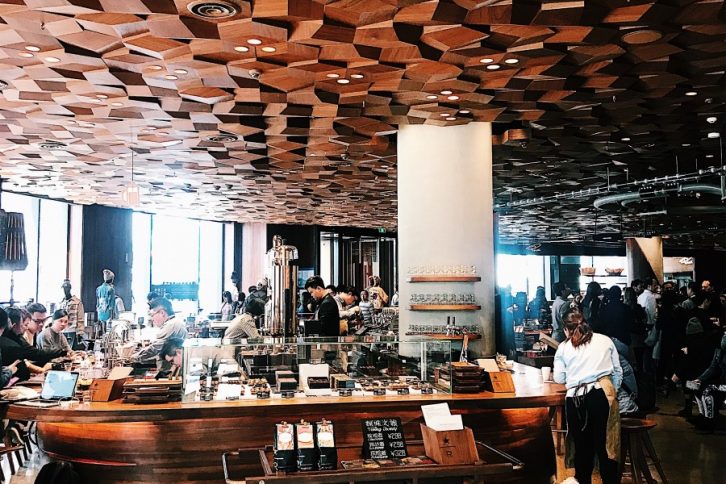
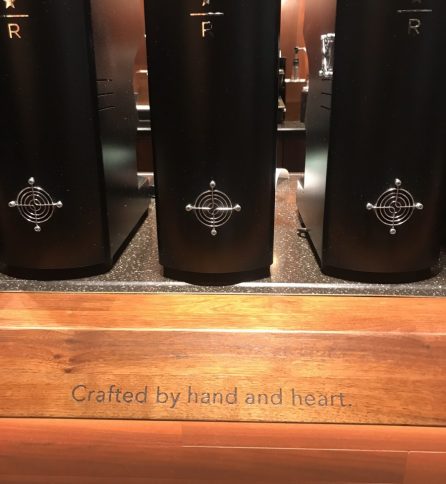
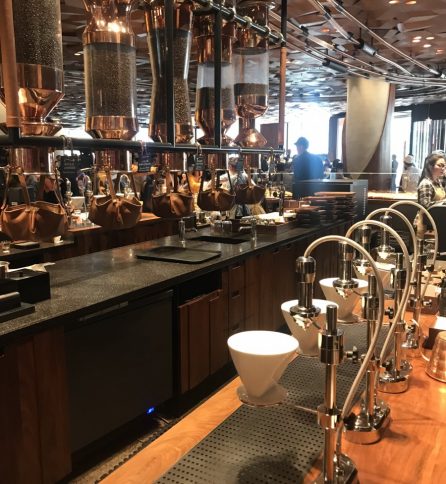
There is also a substantial number of French restaurants; one notable restaurant is the L’ATELIER of the late chef Robuchon.
Must See Places
There are so many beautiful spots around the city and you should really take some time to get to know the local Chinese culture, history and philosophy which combine to create the magic that is Shenghai.
The Yuyuan Gardens and the bazar leading up to them are packed with oriental stores of all the Chinese motifs: silk, tea and authentic porcelain dishes, medicinal herbs and local food. The gardens themselves are an island of beauty, tranquility and many years of tradition at the heart of the modern and bustling city.
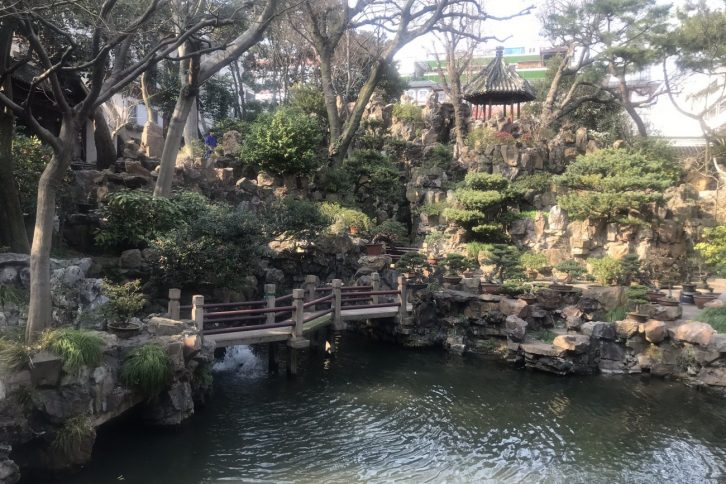
The French Concession is a reminder of a glorious time in which the French ruled that area of the city, between 1849-1943. The buildings were built and preserved in a classic European architectural style. At the heart of the concession is the Tian Zi Fang neighborhood, characterized by short 19th century typical Shanghai buildings. The concession is now home to many artists and is packed full of contemporary restaurants and hang outs alongside a colorful and happy market that is also active at night.
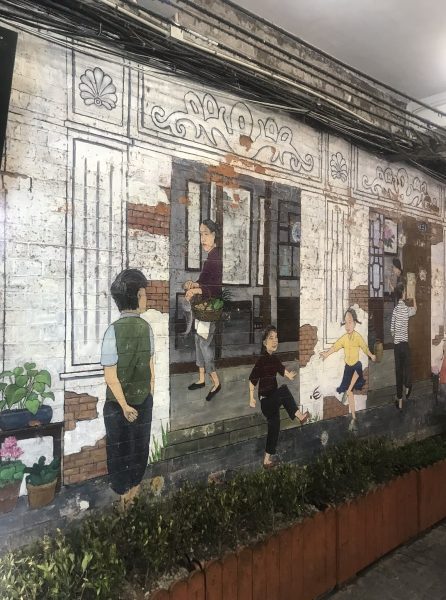
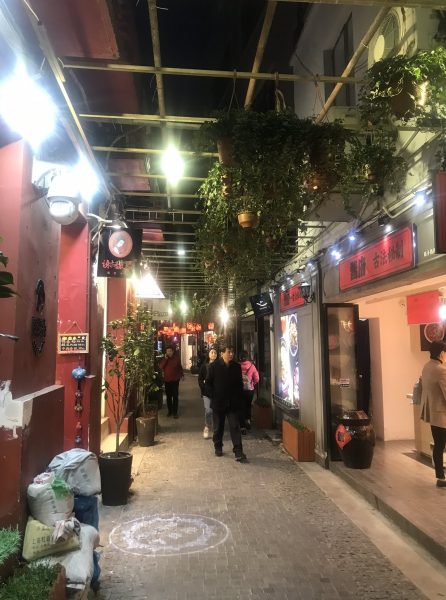
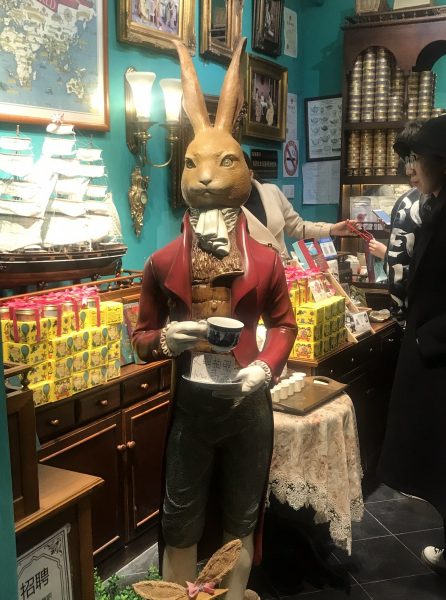
Among the super-modern buildings are countless wooden shrines, with traditional colorfulness of green and red, enveloped by the intoxicating smell of incense. The central shrine, at the heart of the city, standing out on the backdrop of the modern structures, is the Jing’an Temple, a Buddhist temple from 247 AD, which was restored after having burned down and reopened in 2010.
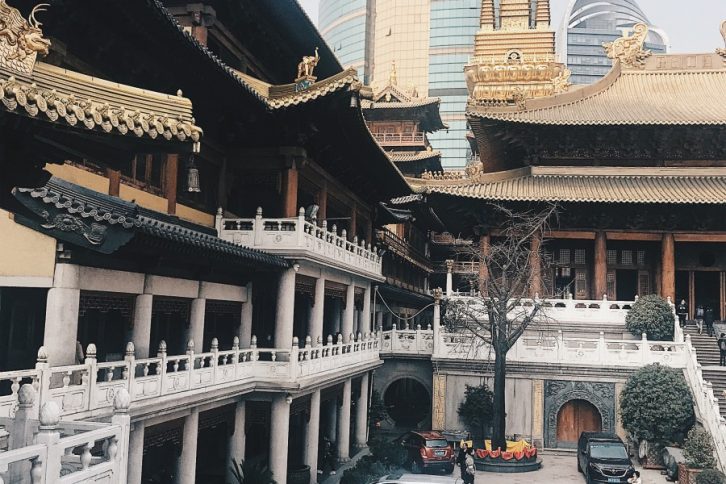
Design Shanghai is Asia’s Biggest Design Event
As in any of the world’s greatest design events, the Shanghai design week is divided into the professional exhibit and the design events around the hosting city.
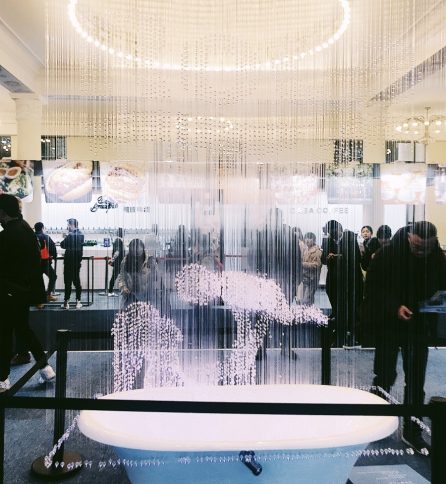
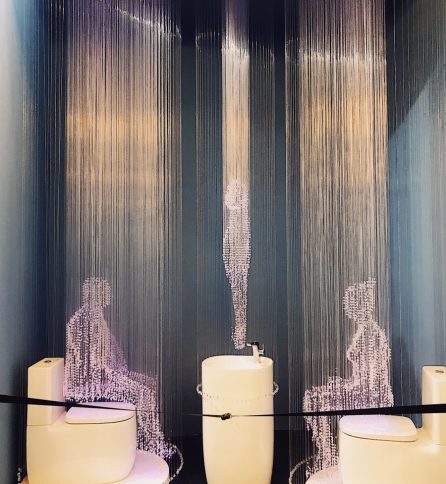
The exhibition featured the best of international design houses looking to get into the Asian market (among them the Israeli Caesarea Stone), along with Asian designers looking to be exposed to the community of international visitors. This created a synergy of philosophy and design from both east and west, complimenting each other with everything the design world has to offer.
Among the surprises in the exhibit was the Asko laundry room – the Danish quality appliances company – showcasing a hanging drying compartment next to their washer and drier. The product received a lot of publicity when it was presented a month later at the Milan deign week.
Scandinavian companies such as Woad and Northem, alongside the British BingqiLee, presented their minimalistic style next to Asian companies, as to show it is intercontinental.
The design week was opened with a party by Dezeen magazine, at a complex hosting the best of European design houses, among them Artmide Moooi, alongside local companies and pp-up stores by Danish Hey.
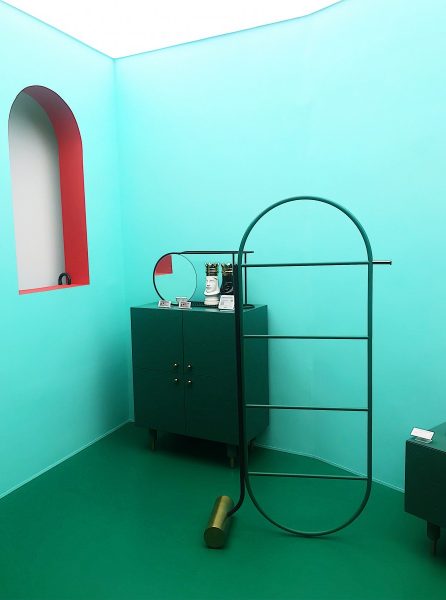
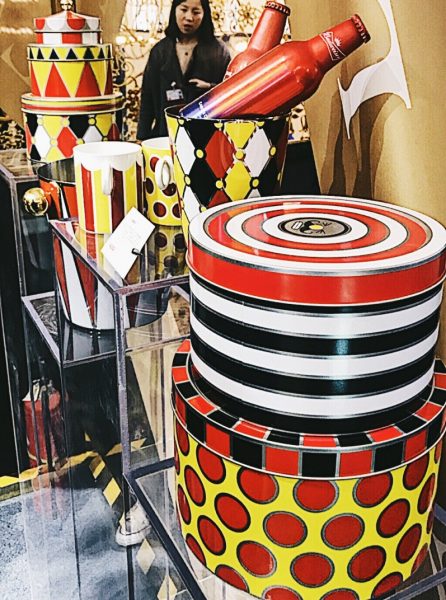
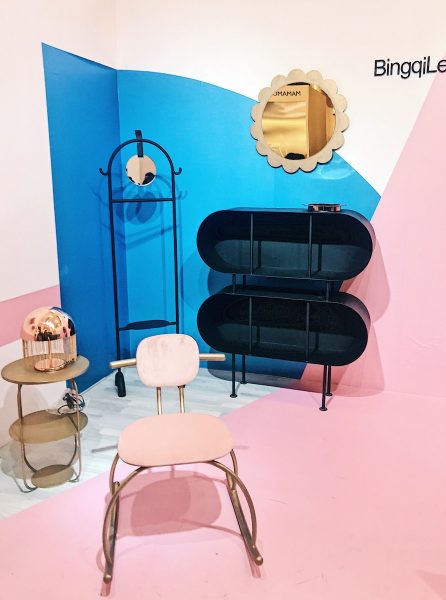
I arrived at Shanghai for the design week and stayed for the city.
Shanghai is a modern, easily oriented, safe and clean city, gracious and extremely designed. It is cheaper to stay there than in Europe (shopping however is significantly more expensive…) and in short, how have I not gotten here earlier?!
I want to especially thank Noga Feige, the chief editor and founder of Travel China, who so generously shared her vast knowledge with me.
A bit about me – I’m an interior designer with 20 years of experience. The studio specializes in luxury apartments, luxury privet houses, commercial and business design. As part of my job, I travel to perfectly designed places around the world and am delighted to share those experiences with you, while offering my personal and professional perspective. All this in the blog Design & the City, which is also published monthly at the Designer magazine by HaAretz newspaper.
yours,
Nurit

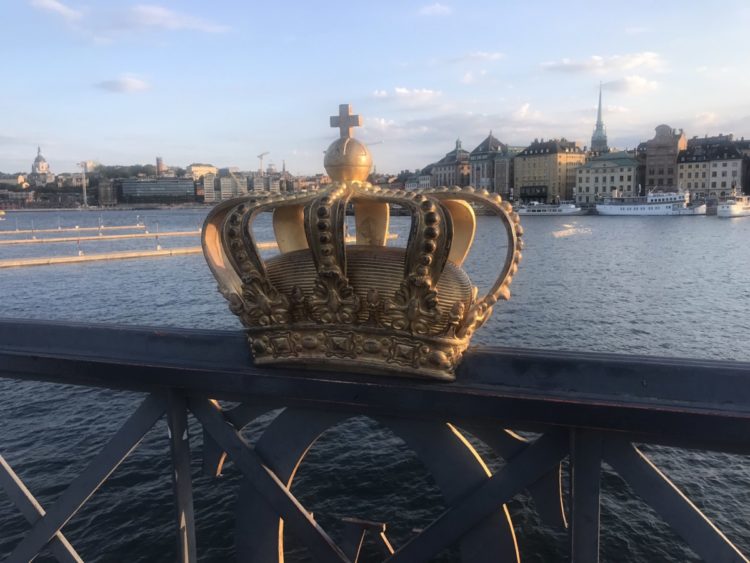
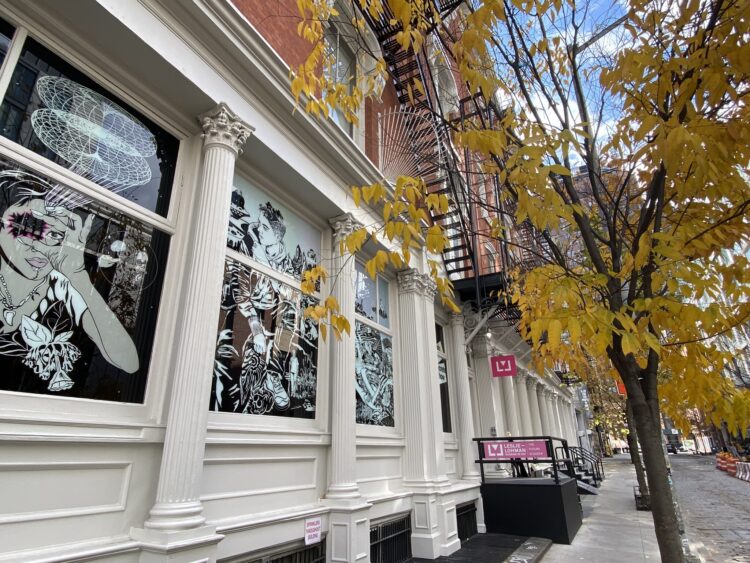
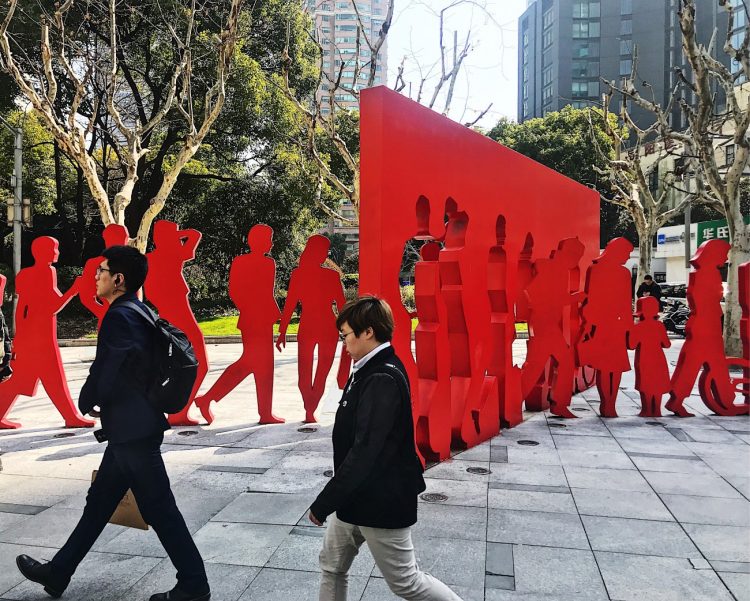
2 Responses
For my thesis, I consulted a lot of information, read your article made me feel a lot, benefited me a lot from it, thank you for your help. Thanks!
Im so happy to hear that!